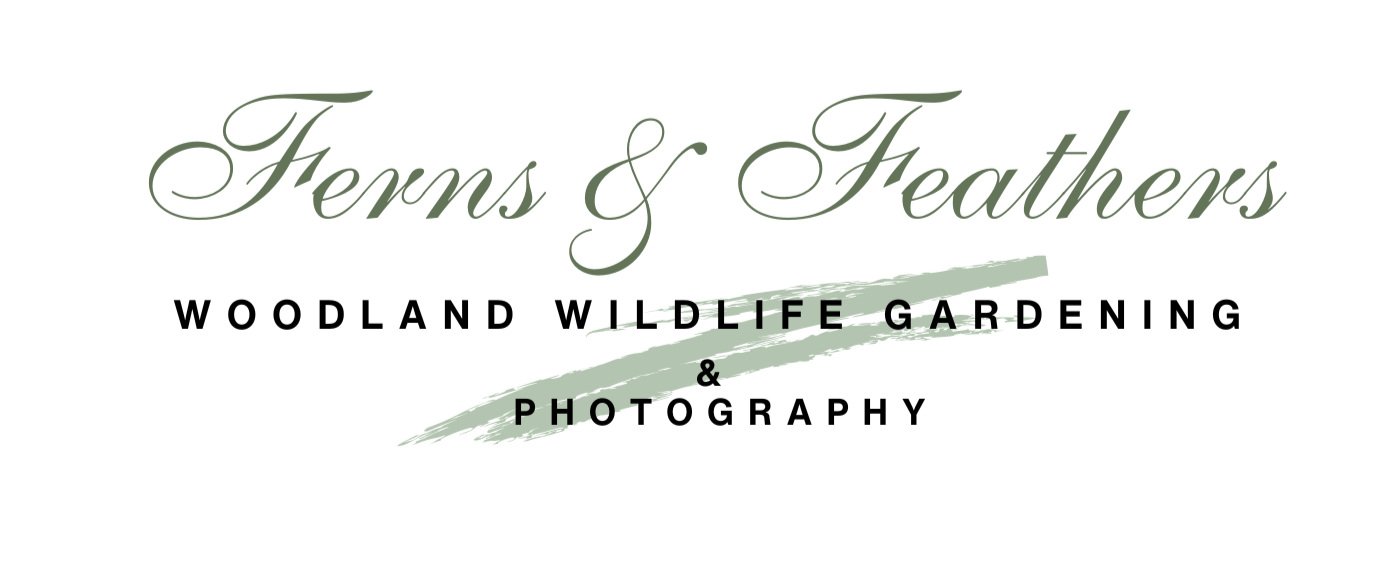Pentax *ist-D: A CCD sensor with DSLR punch
CCD-sensor cameras prized by photographers looking for film-like images
It’s hard to believe that a 20-plus-year-old digital SLR not only still works, but continues to create outstanding images.
Is the answer its outstanding CCD sensor, its build quality, ease of use or all three? I’m going with the all-three conclusion, but that CCD sensor in the original Pentax *istD, which actually was the premiere digital camera for that camera maker, certainly makes this camera a keeper for any photographer looking for those intrinsic qualities that only CCD sensors provide.
Its low price on the used market makes it a camera you might want to grab while you can, especially if you have some fine Pentax glass to complement this highly competent digital SLR. Other notable DSLRs sporting CCD sensors include the Nikon D100, D70, and the Canon EOS-1D as well as the Minolta Maxxum 5D.
There are no doubt other CCD-bssed cameras available, but this post is about the Pentax *ist-D. I know, the name Pentax chose for the camera is completely weird, but Pentax marketing has never reached the heights of its cameras. The marketing department may well be big part of the reason that the camera maker is slowly disappearing from the market. It is certainly not because of the quality of the cameras.
At the time of this writing KEH Camera exchange actually has a Pentax *ist-D listed for just $54, or the price of an inexpensive dinner out with a friend.



Whether you believe in the CCD-sensor hype or not, I find its superior film-like images hard to argue with when it comes to the quality of the images.
And I should know. I’ve owned the 6-megapixel camera since it were first released in February of 2003 and used it for years as my first and only digital SLR. I still use it today as a backup to my CMOS censored Pentax K5.
Defining the positive qualities of the ist-D CCD sensor is difficult, but needless to say time after time when I go through my tens of thousands of images on Lightroom, it’s the images taken on the CCD sensor that catch my eye and please me most.
Photographing in the garden
In the garden, the *ist-D is often my camera of choice to capture the incredible colours of flowers, birds, insects and butterflies that the CCD sensor seems to bring to life more so than the CMOS-based cameras.
The image below of the Ladybugs attacking aphids on a milkweed plant is a good illustration of the colours the CCD sensor can bring out in your images. It is also an interesting example of nature at work in the garden and how important natural predators are in our gardens.
CCD sensors and the film look
For those who have never given much thought to the sensor in their digital camera, think of it as how analogue photographers used different films to give them very different results. The muted but natural colours of Kodachrome, for example, vs the punchy, vivid colours that Fujichrome delivers. Both deliver fine results, but often very different ones.
And, yes, if you dabble in Lightroom or Photoshop, you can achieve similar results with good post processing if you want to learn the intricacies of the digital darkroom. But, maybe it’s just easier and a whole lot more fun to just use a camera with a CCD sensor to begin with and push it to the max to capture pleasing images.
Check out my other featured posts on Pentax cameras and lenses:
Either way, there is no denying that Pentax’s original DSLR, for me at least, proved to be an excellent purchase – even if it was outrageously expensive coming in at a suggested retail price of US $1,600.
Defining the positive qualities of the ist-D CCD sensor is difficult, but needless to say time after time when I go through my tens of thousands of images on Lightroom, it’s the images taken on the CCD sensor that catch my eye and please me most.
The camera itself with the separate motor drive is a nice, high-quality piece of kit that seems to be able to take anything thrown at it over the years.









Decent autofocus, the fact it takes four AA batteries to power it and its multitude of buttons to prevent the user from having to dig too deep into the menus, makes it simple to use.
However, its back LCD display, use of CF cards and slow writing capabilities, takes away at least some of the joys of using it. It’s not perfect, but no cameras from that era were perfect and most delivered inferior results or were not built with the same quality that earlier film-based cameras offered from Pentax and other camera makers.
I’m not going to go into a full review of this camera here; that’s available elsewhere on the web. But unlike many of those technical reviews, I can offer readers 20 years of images shot with the Pentax *ist-D together with the F*300 f4.5, 28-100 power zoom Pentax lens, 100mm F4 macro lens and the Kiron f2.5, 105 macro just to name a few.
What others say about the Pentax *ist-D
All of these comments are taken from the Pentax Forums - an excellent resource for all things Pentax. Also, the charts below are courtesy of Pentax Forums.
• “I bougth my copy in 2013. It looked like it had taken a beating, and it had! I bought it to use in very harsh environments such as dry, sandy deserts, beaches and wetlands. It did its job and never skipped a beat. AA batteries made it much easier to manage power supply.”
• “I purchased my first *istD used to begin taking real estate photos. I have since shot over 50,000 photos with the same camera. It has never ever missed a beat. It is absolutely top rated for reliability in my situation. I leave this camera in a Pelican case in a truck with a sunroof in the super hot Mississippi summer heat and it doesn't seem to mind.”
• “That *ist D was my main camera for almost 8 years. Here's what I liked and disliked about it:
Likes:
- Small size and weight. There has still never been a DSLR with better specifications that is smaller and lighter, by a long shot. For years I waited for a real D replacement, but it never appeared. Now Pentax doesn't even offer an entry-level model that small. If you want something this small today, you have to go to an entry-level Nikon or Canon. Have fun with that.
- Pentax lenses. Yes others have greater quantity, but narrowing it down to the lenses I might actually buy, Pentax's selection, both old and new, was more interesting.
- Compatible with TTL flash. It was the only Pentax DSLR compatible with TTL flash, and I used an old AF500FTZ for years. On all other models, the 500 is manual-only (no Auto Thyristor mode).
- Ability to set three completely separate sets of settings. Weird that the K-7 doesn't offer that. It was the one part of going to the K-7 that was an uncomfortable downgrade.
- Everything else was good enough. Though N/C are better at some things, there was no deal-breaker for my needs with the *ist D. It was a small, light camera that did everything I wanted and took the lenses I liked.
Dislikes:
- Slow write times! Even with the fastest cards (Lexar with "Write Assist" technology), RAW write times were about 6 - 6.5 seconds. For cards without the Lexar "Write Assist" technology, make that 7 seconds. And the buffer was only 5 RAW files. So very often I'd fill the buffer and have to wait 6 seconds for each shot thereafter. This was by far my biggest dislike, bigger than all the others combined. My understanding is that it was the last DSLR to do writes in software; just months later the D70 appeared with much faster writes, doing it in hardware. Then the DS, and all other Pentax DSLRs, have had much faster writes.
- That grip. It was not great to hold. The battery grip made it better but at the cost of increased size. All other Pentax DSLRs have been MUCH better to hold.
- Batteries. For best results you want to use CR-V3 batteries (NIMH rechargeables make the AF slower with lower voltage; Alkaline rechargeables could fry it with higher voltage). But they are expensive. Finally I found that I could find large lots of them in unusual brands on eBay, pretty cheaply. That was an improvement but still annoying. Yes it's nice that if you run out of battery you can find alkaline AAs just about anywhere. But in real life the only time I ever needed that was at a beach, far away from any place where I could get AAs.
- Can't control ISO with wheel. I mostly use aperture priority, so one of the two wheels usually goes unused. When the K-10D came out with the ability to control ISO on one of the wheels in aperture-priority mode, I wished they'd do a firmware update that allowed that on the *ist D. But no such luck.
- Control wheel. Hard to hit it right, and to hit it hard enough for it to respond. Not a good design. But I don't like the K-7 solution much better.
- Small, low resolution LCD. Much better on the K-7.
- Can't write both RAW and Jpeg. I don't have a lot of time for PP, but my wife uses my shots for scrapbooking. Converting all those shots to Jpeg was often an issue. When the K-10D came out with the ability to write both, I wished they'd do a firmware update that allowed that on the *ist D. But no such luck.”
The charts below are provided by the Pentax forums website at www.pentaxforums.com
In conclusion
Your first DSLR is like your first girl or boyfriend, there’s always a soft spot and a little love for them left over even if others have since taken their place.
For me, there have been many other digital cameras that followed the *ist-D, but she still holds a place in my heart. I am lucky enough to still own a very good working copy of Pentax’s first DSLR and plan to continue to use it until that mirror slaps against the camera internals for the last time.
This summer, I plan to give it a good workout and will report on how well it holds up. It continues to provide high quality images out of its 6 megapixels and the joy it continues to give me makes it an important part of my growing arsenal of cameras.
Stay tuned.
For more on Pentax cameras, including the PZ1-P and the PZ-20 click here for the PZ20 and here for the PZ1-P
Please take a few moments to check out my gallery of images here.







